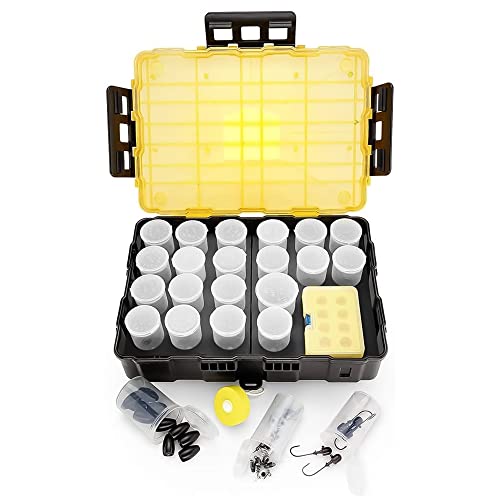FormerParatrooper
Well-known member
I have seen a lot of discussions here on what happens when using dissimilar metals. I work in an occupation where we do use dissimilar metals that have isolation with success. We have to use these combinations because of the unique rooms we build and service. However, as it relates to our aluminum boats, water can bridge that isolation and create havoc.
Attached is a picture of a 2 year old aluminum clamp piece with a metal screw in it. This clamp was holding two wood panels laminated with sheet copper on them. Water came into the room about a year ago when their roof developed a leak and it collected under the panels. The aluminum is coated with a substance that is friendly to both the copper and aluminum. Water bridged that gap and the reaction began unnoticed until last week.

For anyone that is considering ignoring the advice of some of the longtime posters here that try to explain why dissimilar metals and pressure treated wood with copper phosphates are bad juju on aluminum boats, imagine that clamp is your hull of you boat.
Attached is a picture of a 2 year old aluminum clamp piece with a metal screw in it. This clamp was holding two wood panels laminated with sheet copper on them. Water came into the room about a year ago when their roof developed a leak and it collected under the panels. The aluminum is coated with a substance that is friendly to both the copper and aluminum. Water bridged that gap and the reaction began unnoticed until last week.

For anyone that is considering ignoring the advice of some of the longtime posters here that try to explain why dissimilar metals and pressure treated wood with copper phosphates are bad juju on aluminum boats, imagine that clamp is your hull of you boat.






















































